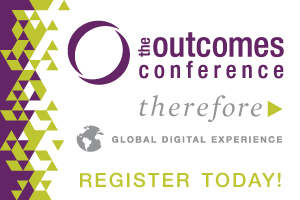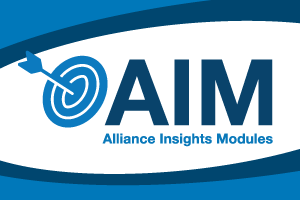
3 Critical Components of Leadership Development By Ken R. Wilson
There is no absence of opportunities today for nonprofit leaders to find resources to help them in their leadership development. There are seminars, workshops, conferences to attend, books to read, mentors to meet with, and groups to join. But are some forms of leader development more effective than others?
A national foundation wanted to find an answer to that question a few years ago. It commissioned a study of all the significant nonprofit leadership development programs nationwide. Their results were definitive: “[Nonprofit] leadership development approaches holding the most promise to improve organizational performance share three important characteristics: they are collective, contextual, and continuous.” (Kathleen Enright, Investing in Leadership: Volume 2, Inspiration and Ideas From Philanthropy’s Latest Frontier, Washington DC: Grantmaker’s for Effective Organizations, 2006). What did they mean by “collective, contextual, and continuous”?
- Collective- The leadership programs are designed to nurture a collective leadership with more than one person involved and all learning together.
- Contextual– Rather than studying case studies or hypothetical examples, the leaders embraced “action learning” and were able to bring their issues, challenges, and opportunities to the learning experience.
- Continuous– Even though there is value in the one-time seminar or training, continuous learning involves ongoing support and structures month after month.
When Christian Leadership Alliance (CLA) sat down to design a new nonprofit leader development process, they realized that a model for leader development that has been working for over 60 years in the for-profit sector had all of the three elements mentioned above. Peer advisory groups are collective (a group of people learning together), contextual (the content of learning is what each member brings to the table), and continuous (groups commit to meeting month after month).
So why not bring a proven model into the nonprofit sector? Hence, Leader2Leader (L2L) was created as a peer advisory group learning environment for nonprofit executives.
Inspired after months of visiting various ministry leaders nationwide and hearing their expressed need for community and accountability, this new experience is designed to connect like-minded and like-hearted leaders who share similar positions in similar-sized organizations.
L2L is a covenant peer advisory group of C-level business and nonprofit executives who meet monthly for mutual support, problem-solving, and accountability to become world-class leaders of life-changing organizations. These groups work on the principle that more brains are better than one and that every executive leader’s isolation and loneliness can be overcome to produce exceptional results.
##
Kent Wilson (PhD) is a business practitioner and nonprofit leadership specialist. After running companies for 30 years, he serves as an executive coach with Vistage International.

What is Christian Leadership Alliance?
Christian Leadership Alliance equips and unites leaders to transform the world for Christ. We are the leaders of Christ-centered organizations who are dedicated to faithful stewardship for greater kingdom impact.
Sign up for FREE blog updates.
Upcoming Events
Check back later!


